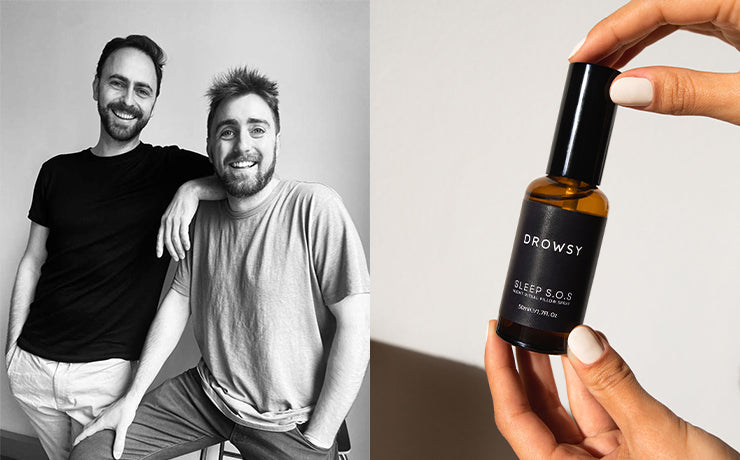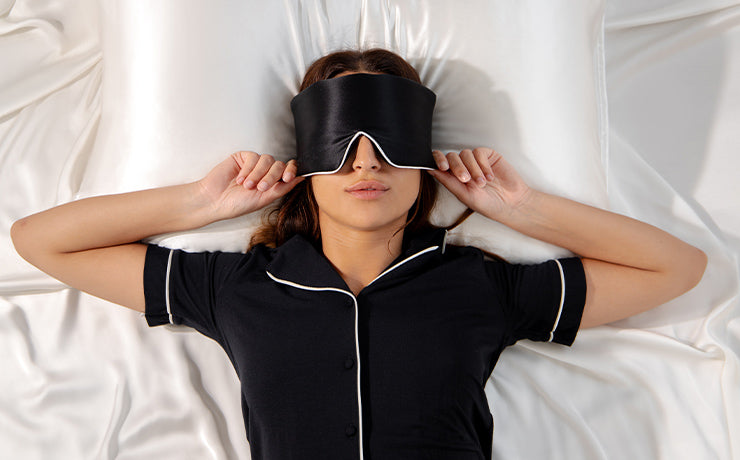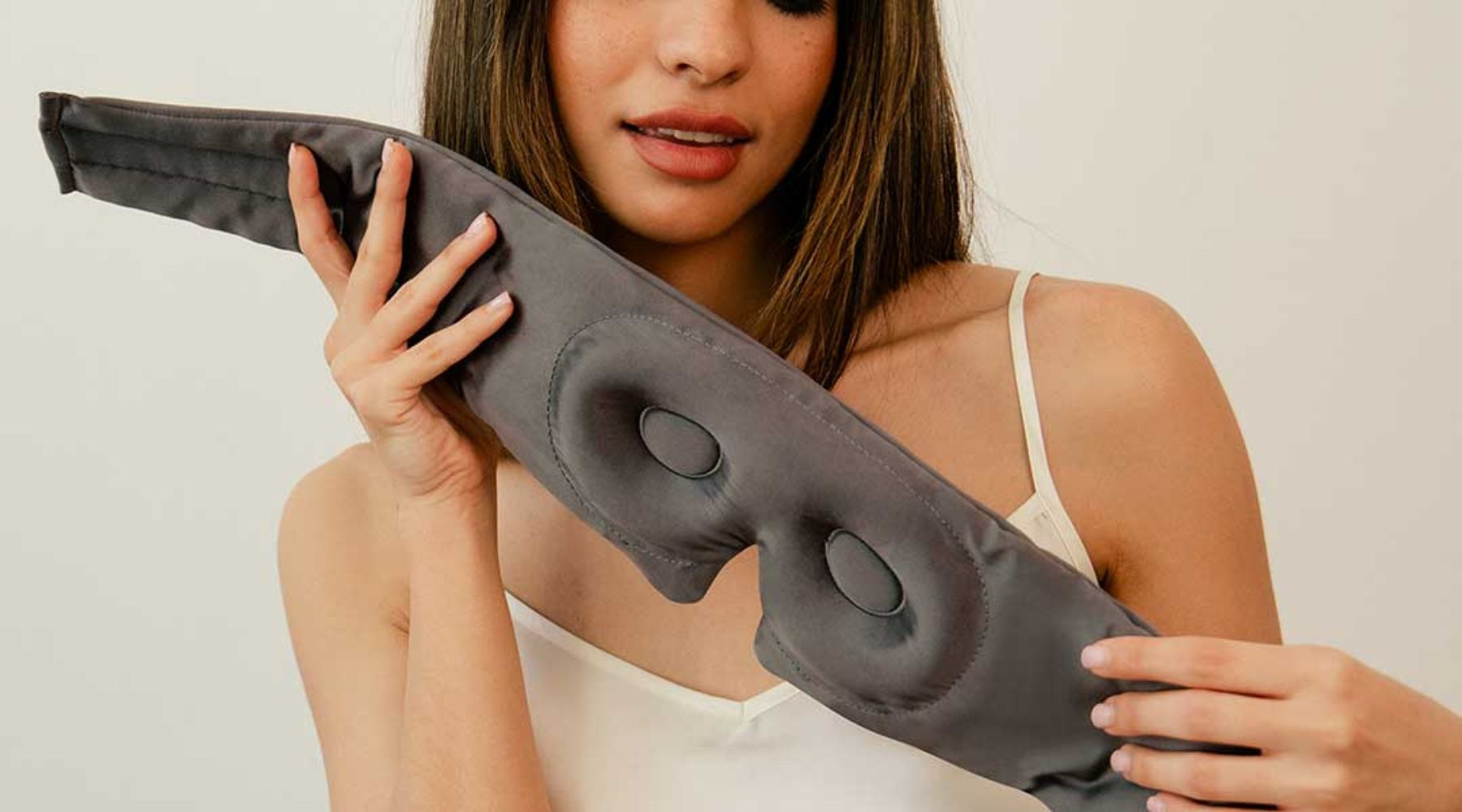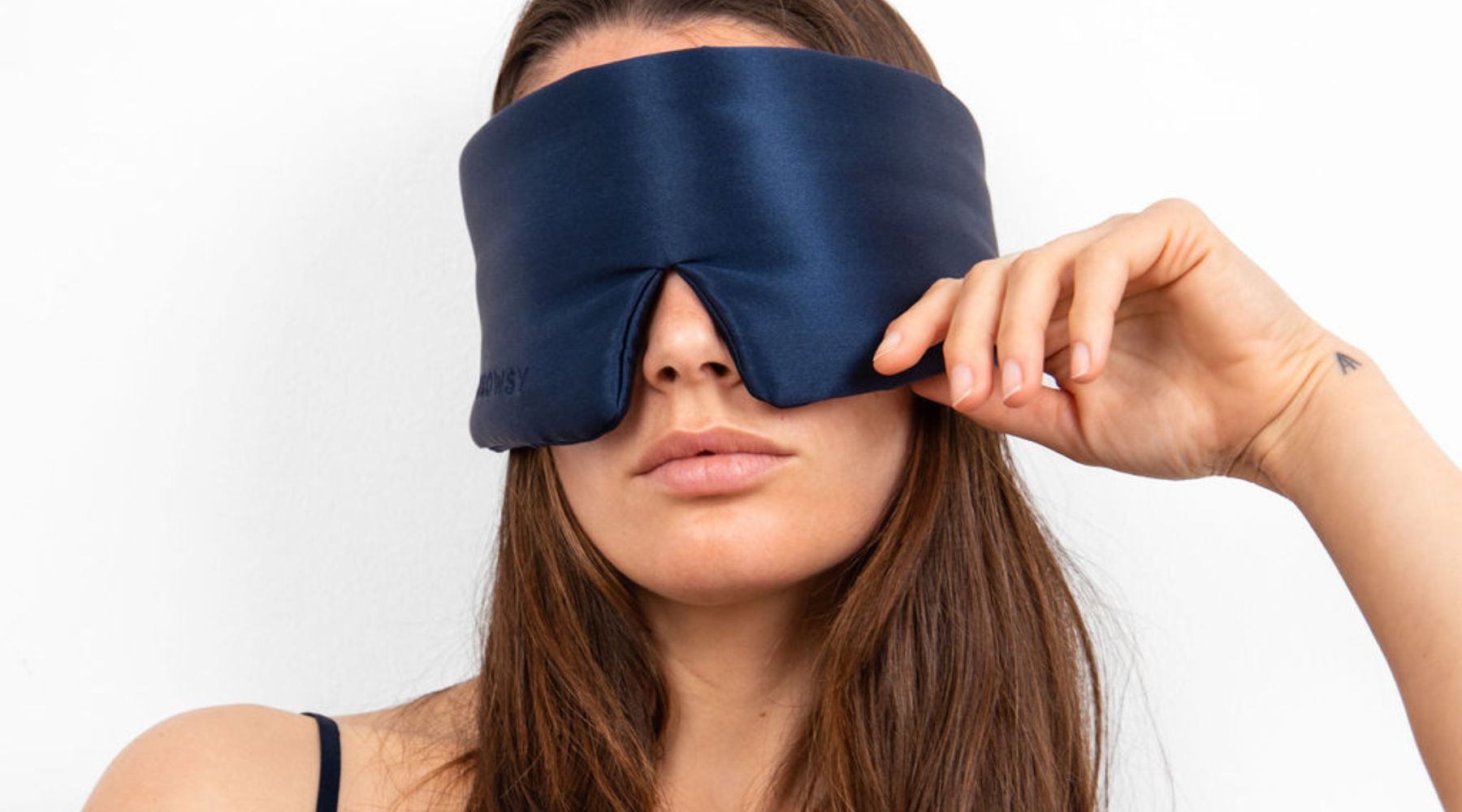What is the optimal napping length to feel rested?
Ever woken up from a brief nap feeling groggy instead of refreshed? That's because not all naps work the same way—the duration of your nap can make the difference between you getting a quick burst of energy or waking up as if you've returned from another dimension. So, what's the perfect nap length? It depends on what you need. Let's break it down.
The science behind naps
During sleep, your brain goes through different stages, from light sleep to deep sleep and, eventually, REM (rapid eye movement) sleep. Each sleep cycle lasts around 90 minutes, and where you wake up in that cycle determines how you feel. A good nap is all about timing. Too short, and you may not feel the benefits. Too long, and you risk falling into deep sleep, which can leave you groggy for hours. Balance is key.

The best nap lengths (and when to take them)
1. The power nap: 10–20 minutes
-
Best for: A quick energy boost
-
When to take it: Early afternoon slump (1–3 PM)
This is your go-to nap if you want to give your brain a refresh without waking up groggy afterward. Within this brief window, you only enter the lightest stage of sleep, so it's easier to wake up and return to your day. Studies have shown that even 10 minutes of napping can increase alertness, mood, and cognitive performance. And if you're dealing with sleep deprivation, a power nap can help you push through without interfering with your good night's sleep later.
2. The recharge nap: 30 minutes
-
Best for: Focus and memory boost
-
When to take it: Before an important meeting or study session
A 30-minute nap gives you a little more rest than a power nap, but there's a catch. You might wake up feeling a little groggy—this is known as sleep inertia. That's because you're beginning to enter deeper stages of sleep. But as the fog lifts, you'll likely experience a boost in brain function.
3. The classic nap: 60 minutes
-
Best for: Problem-solving and learning
-
When to take it: After an intense mental workout
This short nap lets you enter deep sleep, which is great for memory and learning. If you have an intense exam coming or a complex project you're working on, then a 60-minute nap can help solidify information in your brain. The downside? You might wake up feeling disoriented because you've dipped into deeper sleep. Give yourself a little time to shake it off, and you'll still reap the benefits.
4. The 90-minute nap: a full sleep cycle
-
Best for: A complete body-and-mind reboot
-
When to take it: If you lost sleep the previous night or need a creativity boost
A 90-minute midday nap lets you complete a full sleep cycle, including rapid eye movement (REM) sleep, when your brain processes emotions and boosts creativity. Unlike shorter naps, you're more likely to wake up naturally at the end of your cycle, avoiding grogginess. That nap can be a lifesaver if you're sleep-deprived. Just don't make it a practice—too many longer naps can mess with your nighttime sleep.

The golden rules of napping
Whatever length you go for, here are a few pro tips to ensure your afternoon nap leaves you rested instead of wrecked:
-
Nap earlier in the day: Late naps (after 4 PM) can interfere with nighttime sleep, making it harder to fall asleep at your usual bedtime. If you must nap later, try to keep it short to minimize disruption.
-
Set an alarm: Don't allow yourself to drift into deep sleep if you don't have time for a full cycle, as waking up can leave you groggy and disoriented. Setting an alarm ensures you wake up at the right stage.
-
Create a nap-friendly environment: Dark, quiet, and cool is the way to go for a high-quality nap. Consider using blackout curtains, white noise machines, or a fan to create the perfect setting.
-
Use a sleep mask: Blocking out light signals your brain to rest, even in the middle of the day. A comfortable sleep mask, like the ones from Drowsy, can help you fall asleep faster and stay asleep longer.
-
Play around to find your ideal nap length: Everyone's body reacts differently, so test out different nap lengths and see what works best for you. Some people thrive on power naps, while others need a full sleep cycle to feel their best.
Nap smarter, not harder
Finding the desired nap length to feel rested is just one part of the equation—your sleep environment matters just as much. Bright light and distractions can make it harder to relax, leaving you sleep-deprived and struggling to focus. And while the benefits of napping are undeniable, the wrong setup can make even longer naps less effective.
That's where Drowsy's silk sleep masks come in. Designed for total darkness and ultimate comfort, they help you drift off faster and wake up feeling genuinely refreshed—no awkward pillow creases or interrupted rest. Whether you're dealing with occasional fatigue or managing sleep disorders, a high-quality sleep mask can help you nap more effectively and even support a good night's sleep later on.
So, if you're serious about better naps, grab a Drowsy sleep mask, set your alarm, and let yourself recharge. You deserve it!






